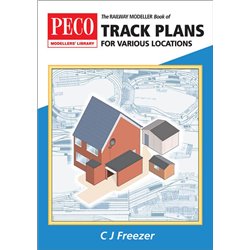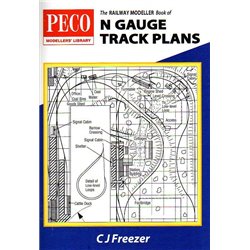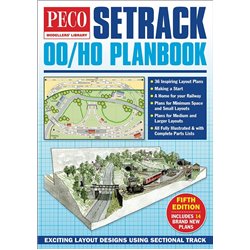You'll likely have come across the term "NEM pockets" when delving into the world of model railway couplers. But what...
No products
Product successfully added to your shopping cart
There are 0 items in your cart. There is 1 item in your cart.
Search Tips
What is the difference between Point-to-point and Continuous run?
Point-to-point and Continuous-run are terms used to describe two different options for layout designs. Layout configuration is one of the first decisions that a modeller will make with regard to a new layout. Inevitably this decision may be dependent on a number of factors including the level of realism required and the available space for the layout.
Point-to-point layouts are designed to replicate the look and operation of a real railway line that travels from one point to another. These layouts typically feature a mainline that runs through a series of stations, sidings and other facilities and are operated by moving trains from one end of the layout to the other. The trains will typically stop at each station or siding and may need to be switched or shunted to reach their final destination. Point-to-point layouts are often used to model specific locations or industries and as a result, can be highly detailed and realistic.
Continuous run layouts, on the other hand, are designed for trains to run continuously around a loop or oval track without stopping. These layouts are often more focused on the operation of the trains themselves rather than the scenery or details of the layout. Sometimes economies of space may drive the decision to adopt a continuous-run orientated layout. These layouts may have multiple tracks and loops to allow for more complex train movements in a reduced area. Continuous run layouts are often used for testing or displaying model trains and can be less detailed than point-to-point layouts.
Overall, the main difference between point-to-point and continuous-run layouts is in the way they are designed and operated. Point-to-point layouts are focused on replicating the look and feel of a real railway line, whereas Continuous-run layouts are designed for the continuous operation of trains through a series of closed loops of track.
Click here to receive the tips weekly in your mailbox. You can unsubscribe at any time.










